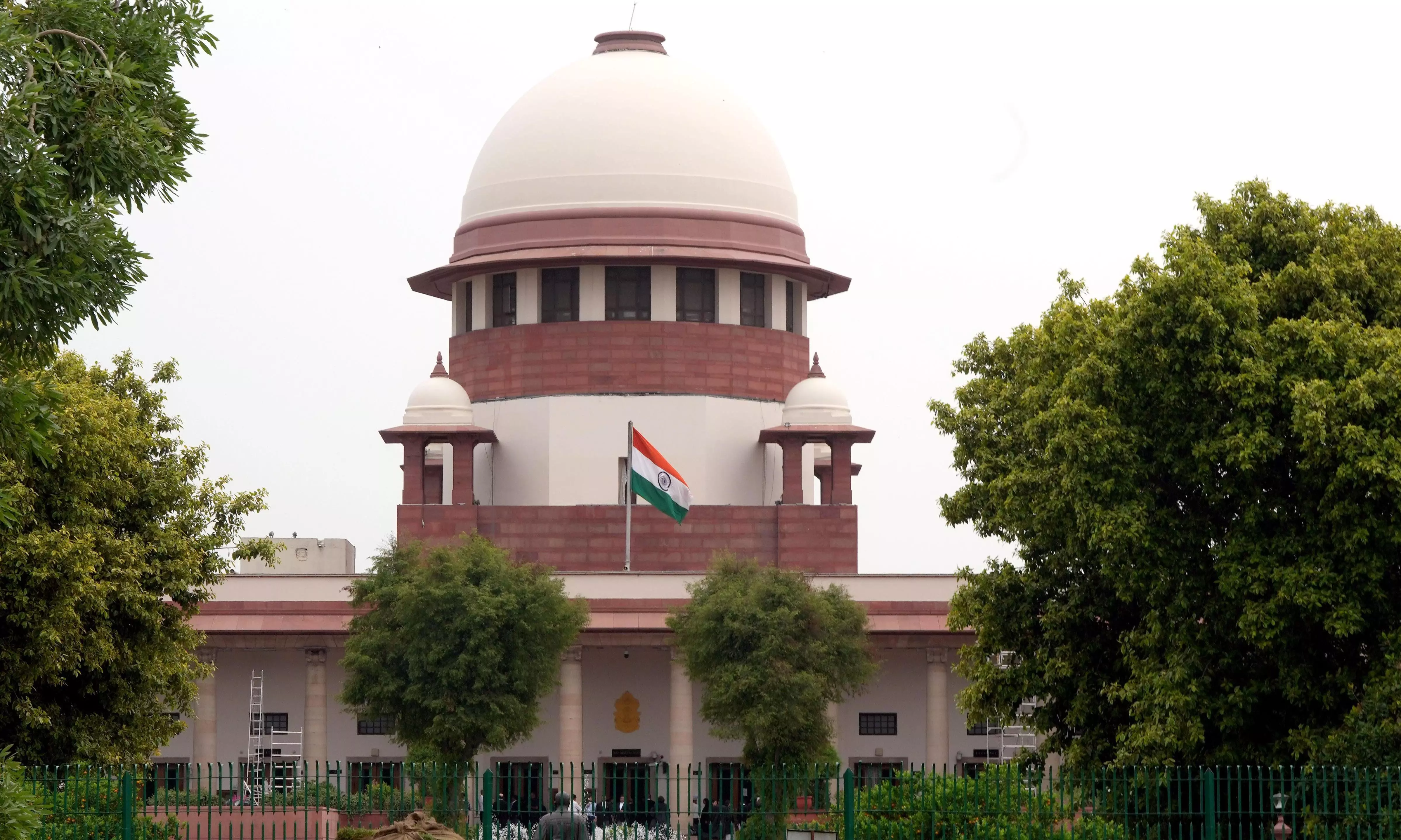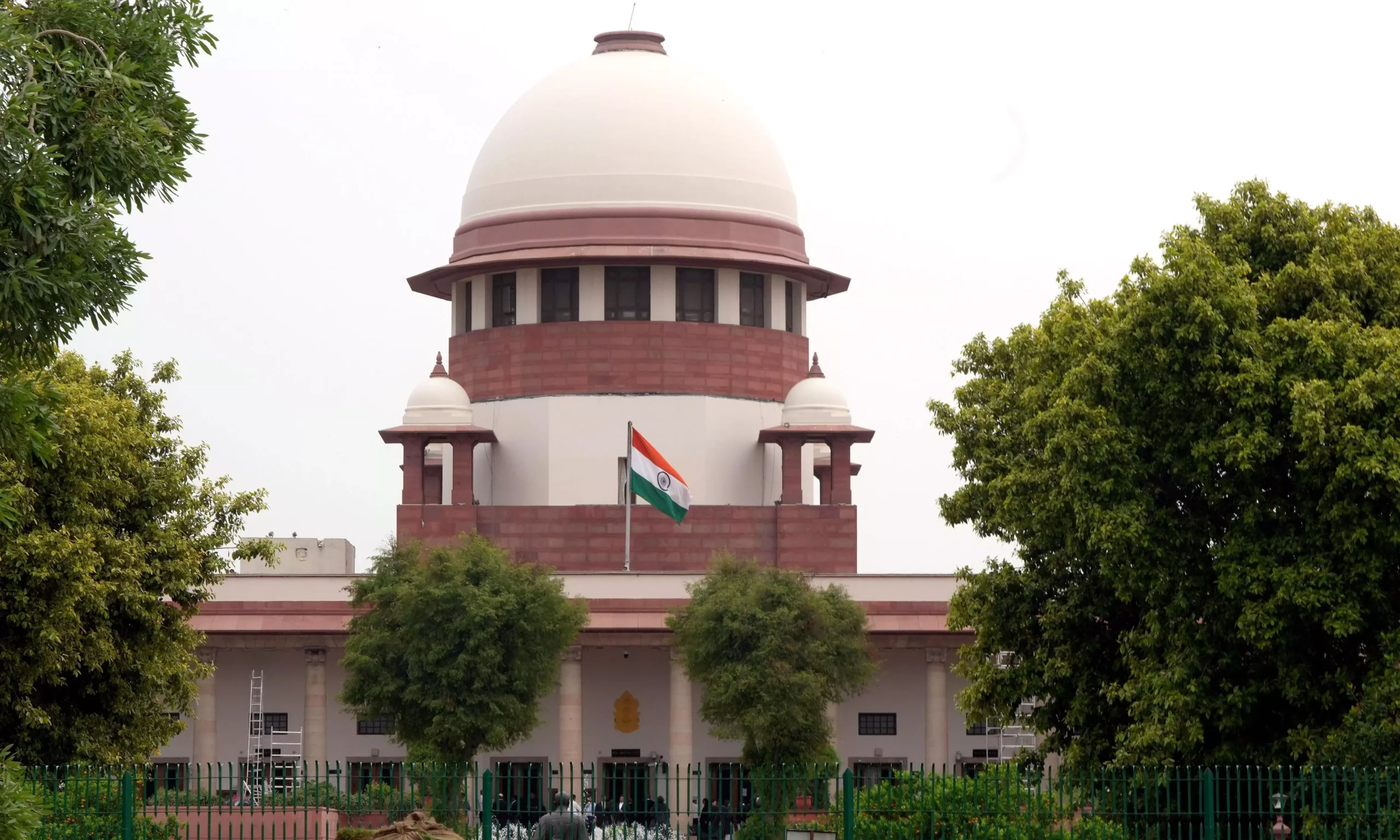
In the aftermath of the recent rape and murder case at Kolkata’s R.G. Kar Medical College and Hospital, the Supreme Court has declared that the nation cannot afford to wait for another rape for change to happen on the ground. This stark observation by the highest court of the country underscores a grim reality — that in India a woman is raped every 20 to 30 minutes. However, it is always women who are often expected to prove their innocence.
As a society, we have traditionally framed this issue as “violence against women”, rather than recognising it as “men’s violence against women”. This change in wording is crucial as it correctly identifies the problem as rooted in male behaviour. However, holding the perpetrators accountable challenges the patriarchal system that shields men and suppresses any dialogue that demands their taking responsibility.
The expectation for women to validate their experiences highlights a systemic issue where violence against women is often seen as a women’s problem rather than a broader societal issue.
Every day, 110 rape cases are reported in India, with 40 per cent involving minors, while many more go unreported. According to a Thomson Reuters Foundation study, India is ranked as the most dangerous country for women.
Unfortunately, efforts to improve women’s security often appear to be more about political posturing aimed at gaining votes rather than genuine attempts to address the issue.
In our political system, blame game and finger pointing is overshadowing constructive problem solving in India. When all that governments and political leaders focus on more is assigning blame to previous administrations or other parties rather than addressing it as a social issue together, the problem continues to perpetuate.
While it’s not all men, it is always men. But for every woman, every man can be perceived as a potential threat. Research into the mindset of convicted rapists shows that many do not express remorse and often try to justify their actions. They may blame their victims for dressing provocatively or behaving in ways they perceive as inviting. Some even argue that all men commit rape, but only a few are caught. This troubling attitude is not confined to those who are less aware of the laws, it can also be found among well educated people. Moreover, the movies and the media can perpetuate these harmful views, misguiding young people and reinforcing dangerous stereotypes.
It’s deeply concerning that both the public and media only react to some horrific rape cases, despite the ongoing epidemic of sexual violence. In India and elsewhere, constant news coverage of such cases can lead to desensitisation rather than a call to action. Every instance of rape should prompt a change.
In some Muslim-majority nations, the punishment for rape is instant death. In India, however, capital punishment is a contentious subject and the country is divided on its very utility. It is, therefore, reserved for the “rarest of rare” cases, where the offence is so severe that it demands the death sentence. However, years of data shows that the death penalty does not effectively lower violent crime rates, including rape and terrorism.
The so-called “Nirbhaya” gangrape case, also known as the Delhi gangrape case, is a well-known example, where capital punishment was given to the convicts.
The people’s outcry that followed the crime gave birth to expectations for change in India. In this case, the Supreme Court ruled that the severity with which the act was perpetrated cannot be overlooked, and there was no hope of redemption. Hence, the accused should be hanged.
The term “rarest of rare” originated in a 1980 judgment which urged judges to award capital punishment sparingly. It recommended that the judges should consider factors such as age, income, premeditation, mental illness, and prior criminal history, before opting for the death penalty. Setting such criteria essentially reserves the death penalty for the most heinous crimes. The idea is to examine all factors influencing the individual’s behaviour before deciding on execution.
We have several rules in place to control such heinous crimes, but when it comes to implementation, we are found lacking. As a result, the offence is viewed differently, resulting in a miscarriage of justice.
Worshipping women or mothers is widely practised in India. However, we can see the paradigm fading away these days. Women are now viewed mostly as sex objects, resulting in the rising instances of women getting raped.
Due to the perverted actions of some men, a woman does not feel secure travelling alone at night, wearing short or revealing clothes, or going clubbing at night. We have several laws in place to protect their lives, yet they appear to be riddled with loopholes.
One of the ways to address societal issues like sexual violence is to sensitise boys through a value-based education in both homes and schools.
Education can empower individuals, and promote respect and equality, which can challenge harmful behaviour. In communities where literacy rates are low, access to information about rights and legal protections is typically low, which can contribute to a higher prevalence of such issues.
Such a solution, however, would require all governments — both at the Centre and in the states — to come together to devise a long-term strategy to effect a change in society’s perception towards women. So, the fight is essentially for respect and equality.
